The Foundation for Education Development (FED) asked Abigail Gray to write a thinkpiece following the FED SEND Roundtable discussion and release of the SEND and alternative provision improvement plan.
Abigail has more than 30 years of experience in SEND, teaching in a variety of settings in London and the southeast. Her career has taken her from teaching assistant to SENCO and specialist teacher to Headteacher. Since 2014 Abigail has worked with schools nationwide as an independent SEND consultant, she is a NASENCO tutor for Best Practice Network and the author of two books, Effective Differentiation (Routledge 2018) ‘The Effective Teaching Assistant’ co-authored by Melanie Wright (Routledge 2020). Most recently, she has been focused on developing a range of high-quality, low-cost, online training solutions for schools looking to upskill their staff and make better provision for children most vulnerable to under-achievement.
What’s the intention at the heart of the SEND Improvement Plan?’
The day before the new SEND Improvement plan was published, I was at the Outstanding Schools Conference at County Hall with leaders of international schools. There were delegates from all over the world; India, Ukraine, Greece, The Netherlands, France, Dubai and of course the UK.
My good friend Louise Dawson, a passionate advocate for inclusion and an international SEND consultant, had invited me to her session on putting SEND policy into practice. It involved a hilarious pass the parcel activity, but typical of a great SEND practitioner, there was deep intent in the fun. There were presents but also questions instead of forfeits. School leaders quickly began an animated conversation about the challenge and opportunity of an inclusive school. What are the things we need to change? What needs are hardest to meet in the classroom? How do we fund effective support? What is included in our universal offer? How do we meet and manage expectations? This list went on.
One of the words that Louise used repeatedly in her presentation was ‘intentional’. She made it clear that inclusion doesn’t happen by accident it happens by design. I think she’s completely spot on.
It’s long been my observation that no new plan, no law, no regulation, guidance or policy enacts itself. Writing it down doesn’t make it so. It takes people to do that.
It takes people to firstly, be aware of what it is that they need to do, then work out how It might best be done. It takes action, courage, stamina and commitment. It takes personal and professional integrity. Every head teacher, every local authority officer, every teaching assistant, every teacher, every educational psychologist, everyone that makes it happen. All of us.
All this talk of transformational plans, while the transformation yet to take place in education is the one that genuinely places children with SEND at the heart of what we do. At the heart of our inspection frameworks, our performance measures, our planning, our pay spine, our conscience. Not only do we need to be absolutely clear in understanding our obligations but, as Louise rightly says, of our intentions.
It’s not clear to me that the intention at the heart of this plan is improvement. The meetings, webinars, podcasts, and articles it has prompted over the last few weeks have led me to believe that the only thing this plan will deliver on is confusion. What is needed here is clarity about the framework that already exists and greater transparency about the resources available. The plan attempts to fix what is not broken (e.g., The National Award for SENCOs) and does nothing to address the big questions. The lack of support and training for teachers, access to specialist support services (the scarcity of which is jaw-dropping) and makes no attempt to define, quantify or provide a baseline for the level of support parents can realistically expect to find in a mainstream setting based on notional funding.
The thing that constantly amazes and moves me is, that even in a time of confusion, a time of deep economic and social crisis, there are schools getting it right. Schools with clarity of intention and joined up thinking about SEND and inclusion. The signs of this are clear. When a school gets it right for children with SEND, for all children vulnerable to underachievement, everybody benefits.
- There is a sense of ownership and pride in the relationships that exist with families and children.
- There is an understanding of the law and its importance in protecting the rights of the most vulnerable.
- There is a willingness to listen to all feedback.
- There are opportunities to try & sometimes to fail in pursuit of something better.
- There is a shared belief that all children can achieve and thrive at school.
- There’s a transparent approach to funding for SEND & to establishing value for money.
- There is realism in recognising the limitations of both people and resources.
- There is a genuine interest in staff well-being and development.
- The graduated approach, that we hear so much about for students, is in place for us and our own systems.
- There is coherence.
- There is collaboration.
- There is laughter.
- There is success.



